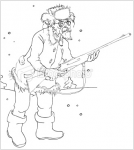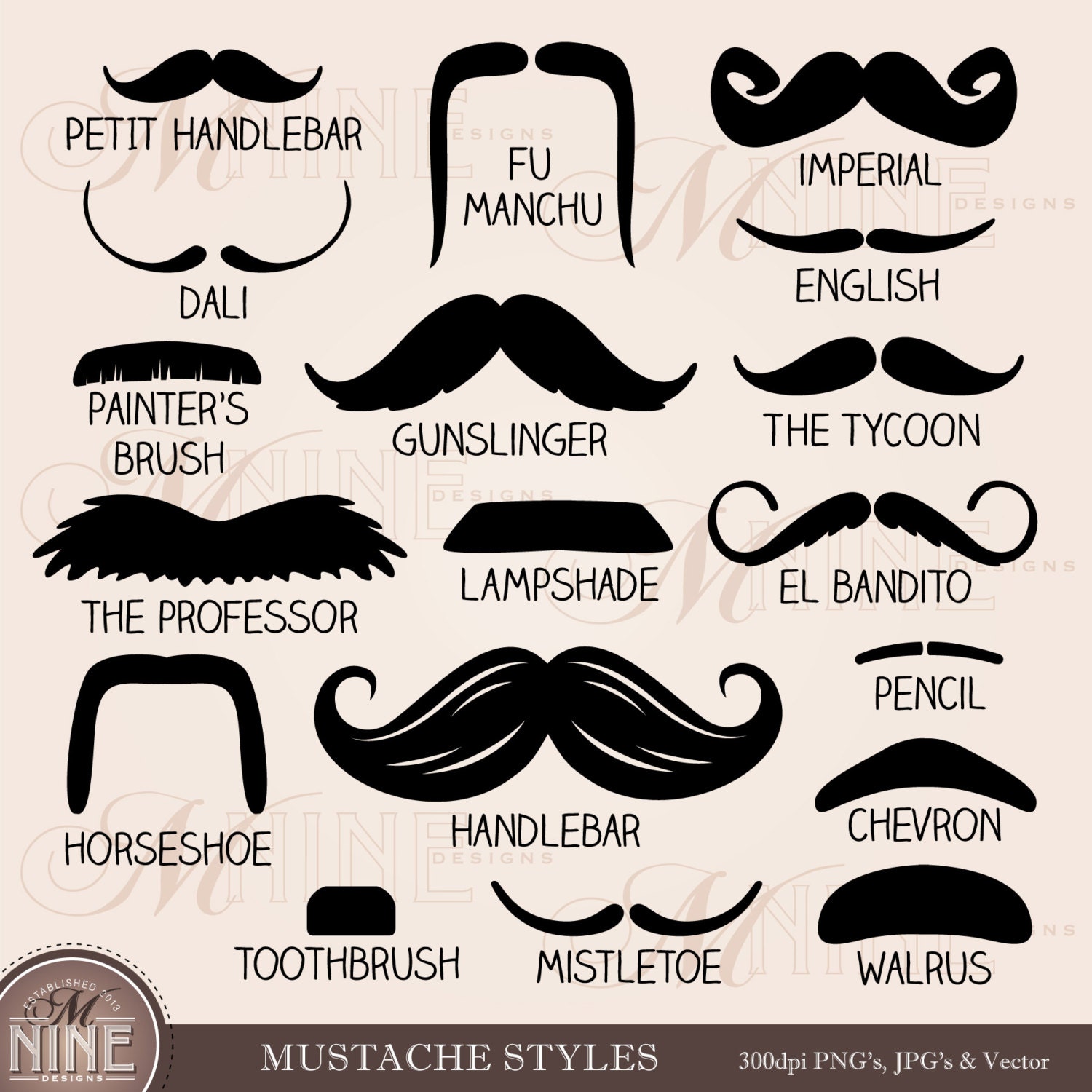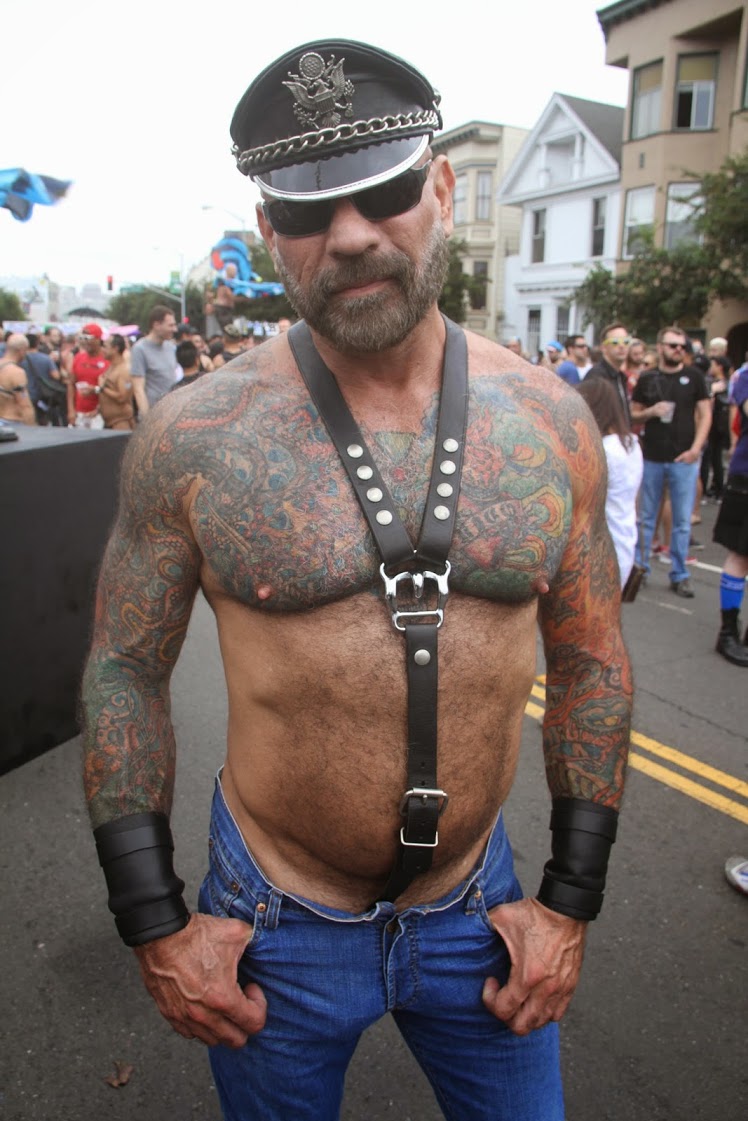Subclavian artery probably.
Welcome guest, is this your first visit? Create Account now to join.
Welcome to the NZ Hunting and Shooting Forums.
Search Forums
User Tag List
+ Reply to Thread
Results 271 to 285 of 369
-
20-01-2016, 06:06 PM #271
-
-
20-01-2016, 06:23 PM #272
Of course he wouldnt have been cuffed on the ground bleeding out....cops would never do that.
"Hunting and fishing" fucking over licenced firearms owners since ages ago.
308Win One chambering to rule them all.
-
20-01-2016, 08:56 PM #273
Some light reading.............
Below are the Police General Instructions around the use of firearms, the issuing and carriage of firearms procedures by New Zealand Police.
F061 - Use of Firearms by Police
(1) Members must always be aware of their personal responsibilities in the use of firearms. Under Section 62 of the Crimes Act 1961 a member is criminally liable for any excess force used. An overriding requirement in law is that minimum force must be applied to effect the purpose. Where practical Police should not use a firearm unless it can be done without endangering other persons.
(2) Police members shall not use a firearm except in the following circumstances:
(a) to DEFEND THEMSELVES OR OTHERS (Section 48 Crimes Act 1961) if they fear death or grievous bodily harm to themselves or others, and they cannot reasonably protect themselves, or others, in a less violent manner;
(b) to ARREST an offender (Section 39 Crimes Act 1961) if they believe on reasonable grounds that the offender poses a threat or death or grievous bodily harm in resisting his or her arrest;
AND
the arrest cannot be reasonably effected in a less violent manner
AND
the arrest cannot be delayed without danger to other persons;
(c) to PREVENT THE ESCAPE of an offender (Section 40 of the Crimes Act 1961) if it is believed on reasonable grounds that the offender poses a threat of death or grievous bodily harm to any person (whether an identifiable individual or members of the public at large)
AND
he or she takes to flight to avoid arrest, OR he or she escapes after his or her arrest
AND
such flight or escape cannot reasonably be prevented in a less violent manner.
(3 In any case an offender is not to be shot:
(a) until he or she has first been called upon to surrender, unless in the circumstances it is impracticable and unsafe to do so
AND
(b) it is clear that he or she cannot be disarmed or arrested without first being shot
AND
(c) in the circumstances further delay in apprehending him or her would be dangerous or impracticable
F062 - Fire Orders
(1) "Fire Orders" are operationally specific instructions on the circumstances in which members of Police may use firearms, which are detailed in General Instruction F061 - Use of Firearms by Police.
(2) Every sworn member of Police who is issued with a firearm in the course of duty is personally responsible for ensuring that he or she is thoroughly conversant with relevant law, particularly sections 39, 40, 41, 48 and 62 of the Crimes Act 1961, and policy as outlined in General Instruction F061.
(3) A summary of provisions of F061 is printed as an aide memoire on the inside cover of the Police issue notebooks.
(4) On occasions where firearms are issued in advance of commencement of special operations, and time and circumstances permit, Fire Orders are to be given by operation or unit commanders as part of the operation briefing.
(5) In other operational situations where firearms are issued, if time and circumstances permit, supervisors should draw the attention of members to the information printed as the Fire Orders aide memoire.
(6) Pocket-sized laminated cards bearing the same information shall be stored with all Police firearms, including firearms safes in police stations and in vehicle firearm security cabinets, to be available for members to uplift and carry with them should they deem it necessary.
(7) On every occasion when members receive formal firearms training, the member shall be required by the instructor to demonstrate his or her thorough knowledge and understanding of F061.
F066 - Discharge of Firearms by Police
(1) A police firearm may be discharged in the following ways:
(a) deliberately under the circumstances described in General Instruction F61;
(b) deliberately during training as authorised in General Instruction F63;
(c) deliberately to destroy animals as authorised in General Instruction F63;
(d) deliberately, but with an unintended result, eg a training injury;
(e) unintentionally, eg, discharging a weapon believed to be unloaded;
(f) accidentally, ie, a firearm malfunction or firearm fault causing the weapon to discharge.
(2) The following instructions relate only to discharges as described under (1)(a), (d), (e) and (f) above.
(3) On each occasion a member discharges a police firearm the following immediate action shall be taken as soon as it is safe to do so:
(a) MARK the position of the member, empty cartridge case, bullet fragments, injured or deceased persons, or any other items or persons associated with the discharge.
(b) PRESERVE the cartridge case and where possible the bullet or bullet fragments.
(c) SECURE the firearm and remaining rounds.
(d) ADVISE the member's immediate supervisor who shall promptly advise the District Commander.
(4) In the cases of discharges under (1)(d), (e) and (f) above, the member at that time in charge of the operation, scene or training, if not a commissioned officer shall, where practicable advise the appropriate commissioned officer of the incident. That commissioned officer shall give immediate consideration to suspending the member involved from drawing or using a firearm. If a commissioned officer is not readily contactable the member in charge at that time shall make that decision. The District Commander is to be advised accordingly. If the initial investigation suggests no culpability on behalf of the member the District Commander may remove any suspension imposed.
(5) On receiving advice of a discharge, the District Commander shall:
(a) In the case of death or serious injury, immediately advise the National Manager : Professional Standards of the incident, regardless of the apparent cause.
(b) In the case of any other unintentional discharge, advise the National Manager : Professional Standards within 48 hours of the incident.
(c) Appoint a commissioned officer to oversee the investigation into the incident. Both the investigating officer and the commissioned officer appointed to oversee the investigation shall not be persons having direct line supervision of the member involved in the discharge.
(6) Upon receipt of initial advice from the District Commander of an unintentional discharge, the National Manager : Professional Standards shall:
(a) Determine whether the circumstances of the discharge warrant that the PCA be advised; and
(b) Advise the National Manager : Operations if the unintentional discharge appears to have a potential impact on any current training, policy, safety or related issues, which may require urgent action.
(7) The scope and scale of the investigation will largely depend on the nature of the discharge, the result, any death or injury, or the potential for death or injury.
(8) In all cases the culpability of the member involved in the discharge must be adequately investigated and reported on with due consideration to appropriate legislation and police firearms safety policy and procedures.
(9) In most cases of discharge as described under 1 a), (d and (e), it will be necessary for the firearm to be forwarded to the Police Armoury for examination and a report obtained.
(10) In all cases where it is considered that the discharge was accidental, as defined in 1(f) above, the firearm must be forwarded to the Police Armoury and a report obtained.
(11) The completed file is to be forwarded by the District Commander to the National Manager : Professional Standards recommending the action to be taken. Where it has been established that the member has been careless or has breached procedures, District Commanders are, in addition to considering any criminal or disciplinary charges, consider continuing any suspension and/or any remedial training necessary.
(12) After completion of action required, the National Manager : Professional Standards is to forward the file to the National Manager : Operations for consideration of policy, safety or other related issues.
F063 - Police Firearms
1 In addition to the circumstances set out in General Instruction F61, the Police may use firearms:
(a) to destroy animals in circumstances as set out in the Manual of Best Practice (Stock at Large);
(b) for training purposes.
2 The possession of Police firearms by people other than sworn 'members of Police' or non-sworn members of Police as authorised under Section 3, Arms Act 1983, is strictly prohibited.
(a) The full provisions of the Arms Act 1983 apply to all individuals, including sworn and warranted non-sworn members not acting in the course of their duties, other non-sworn members and those who are not employees of Police, including members of the media and family members.
(b) Members of the Mountain Safety Council engaged in delivering firearms safety training may be in possession of Police rifles with the specific approval of the National Manager : Operations.
(c) An individual who is not a member of Police as defined by the Arms Act 1983 may not be supplied with a pistol or restricted weapons except where they have specific statutory approval.
F060 - Carrying of Firearms by Police
(1) The New Zealand Police is generally an unarmed service. It is recognised however that firearms need to be available quickly, easily and safely. The principle of minimum personal carriage and minimum visibility of firearms and related equipment is to be applied at all times.
(2) Firearms are not to be carried on the person as a matter of general practice, but may be carried in authorised police vehicles to ensure they are available if needed.
(3) District Commanders may authorise the carriage of police approved firearms in police vehicles, as necessary to ensure members have ready access to firearms should the circumstances dictate. NCO patrols, first response units, CIB patrols, dog patrols, and single crewed patrols are examples where such authorisation should be considered.
(4) Police vehicles used to carry police firearms on a regular basis are to be fitted with firearm security cabinets. Such cabinets are to be of a type approved by the National Manager : Operations. This does not apply to vehicles used by members of an Armed Offender Squad or the Special Tactics Group.
(5) The need for security of firearms and cabinet keys cannot be too highly stressed and to this end District Commanders shall consider the fitting of an alarm to those vehicles used to carry firearms on a regular basis. In any case District Commanders shall issue directions as to the security of such firearms and cabinet keys. Such directions shall include:
(i) strict control procedures to ensure that police firearms stored in cabinets and cabinet keys are secure at all times;
(ii) the appointment of a Commissioned Officer or Senior Sergeant to be responsible for ensuring that district orders and general instructions are being complied with and to carry out spot inspections in addition to routine checks by supervisors.
(6) Members may carry police issue firearms on the person when there is clear and specific evidence that a risk of encountering any of the circumstances referred to in General Instruction F61 exists. Carriage is to be authorised by a District Commissioned Officer or NCO or Police Communications Centre Commissioned Officer or NCO when practical to do so. If an authorising officer is not available members may exercise their own discretion, but shall advise their supervisor at the first reasonable opportunity.
(7) Commissioned Officers and NCOs may carry police issue firearms on their person in the circumstances outlined in (6) above without reference to higher authority. The nearest Police Communication Centre Commissioned or Non Commissioned Officer must be advised.
(8) Members may also carry police issue firearms on their person when:
(a) performing airport policing duties at any airport that has been 'security designated' under the Civil Aviation Act 1990;
(b) performing duty as a member of the Diplomatic Protection Squad and authorised by the Commissioned Officer in Charge of that Squad;
(c) performing duty as a member of an Armed Offenders Squad or the Special Tactics Group;
(d) performing duty as described in General Instruction F63;
(e) pursuant to a written operation instruction authorised by a Commissioned Officer;
(f) authorised by a District Commander.
(9) A member who may be required to be armed shall not consume alcohol within a reasonable time before commencing duty, or during any period of duty. This includes periods while on standby.Last edited by kokako; 20-01-2016 at 09:01 PM.
-
21-01-2016, 09:32 AM #274
Did anyone actually read all of that? Me neither. Back to mustaches
-
21-01-2016, 12:28 PM #275
-
21-01-2016, 01:12 PM #276
-
21-01-2016, 03:41 PM #277Member

- Join Date
- Dec 2011
- Location
- Auckland
- Posts
- 1,766
I'm getting some dubious looks from co-workers now wondering what web site I'm browsing. They're so used to seeing guns. But now . . .
-
21-01-2016, 04:09 PM #278Member

- Join Date
- Nov 2014
- Location
- Central Otago
- Posts
- 2,335
I was involved in a case about 5 years ago where the victim was fatally shot in the shoulder with an FMJ 7.62x39 from about 2 feet. The bullet partially fragmented on the shoulder joint and a sliver of jacket clipped the top off his heart. His abdominal cavity had several pieces of bullet fragment in various places. If he had been shot in the chest he probably would have survived.
-
21-01-2016, 04:34 PM #279
You can't get any more authorataaaaaah than that. Unless he could find some gold wire Ray Bans.
-
21-01-2016, 05:02 PM #280
-
21-01-2016, 05:53 PM #281
The thing is they wouldn't need arming if they did more policing. Unfortunately the police, like everyone else, have been regulated out of a lot of common sense powers. If they had the ability to effectively deal with offenders at the beginning of their careers things would be sweet and dandy. Unfortunately the front line police have not been given the backing of the courts, politicians, society or their own hierarchy. They are not meant to pursue too many things that are not cost effective, hence they don't turn up and are not interested in pursuing thefts/burglaries; we just get to pay for that ourselves with higher insurance premiums. Minor traffic infringements by the usually law abiding though is a good money spinner. The trouble with this approach is the crims get to carry on until it becomes an embedded way of life for them and when they do finally get dealt with properly it's too late turn them around and they are a bigger problem for society.
Now onto the more serious issue. Daughter wants to paint moustaches on my newly painted trailer. I don't want it to look too authoritarian so what style?There are only three types of people in this world. Those that can count, and those that can't!
-
21-01-2016, 07:20 PM #282OPCz


- Join Date
- Jun 2012
- Location
- Nor West of Auckland on the true right of the Kaipara River
- Posts
- 34,645
Hitlerian
It takes 43 muscle's to frown and 17 to smile, but only 3 for proper trigger pull.
What more do we need? If we are above ground and breathing the rest is up to us!
Rule 1: Treat every firearm as loaded
Rule 2: Always point firearms in a safe direction
Rule 3: Load a firearm only when ready to fire
Rule 4: Identify your target beyond all doubt
Rule 5: Check your firing zone
Rule 6: Store firearms and ammunition safely
Rule 7: Avoid alcohol and drugs when handling firearms
-
21-01-2016, 07:28 PM #283
-
21-01-2016, 08:35 PM #284
-
21-01-2016, 08:52 PM #285
I reckon Handlebar like Chopper Reed. Daughter wants it like the one below.
 There are only three types of people in this world. Those that can count, and those that can't!
There are only three types of people in this world. Those that can count, and those that can't!
Similar Threads
-
Armed Tramp
By nelpop in forum The MagazineReplies: 7Last Post: 17-06-2014, 10:00 PM -
Concerned2 the cops arrive
By veitnamcam in forum Firearm SafetyReplies: 32Last Post: 12-11-2012, 06:31 PM -
Hi from an Armed tramper from Sld
By Tentman in forum IntroductionsReplies: 3Last Post: 23-08-2012, 09:31 AM -
armed tramp, with a disapointing end.
By greghud in forum The MagazineReplies: 4Last Post: 02-07-2012, 10:57 AM
Tags for this Thread
Welcome to NZ Hunting and Shooting Forums! We see you're new here, or arn't logged in. Create an account, and Login for full access including our FREE BUY and SELL section Register NOW!!





 511Likes
511Likes LinkBack URL
LinkBack URL About LinkBacks
About LinkBacks



 Reply With Quote
Reply With Quote




Bookmarks